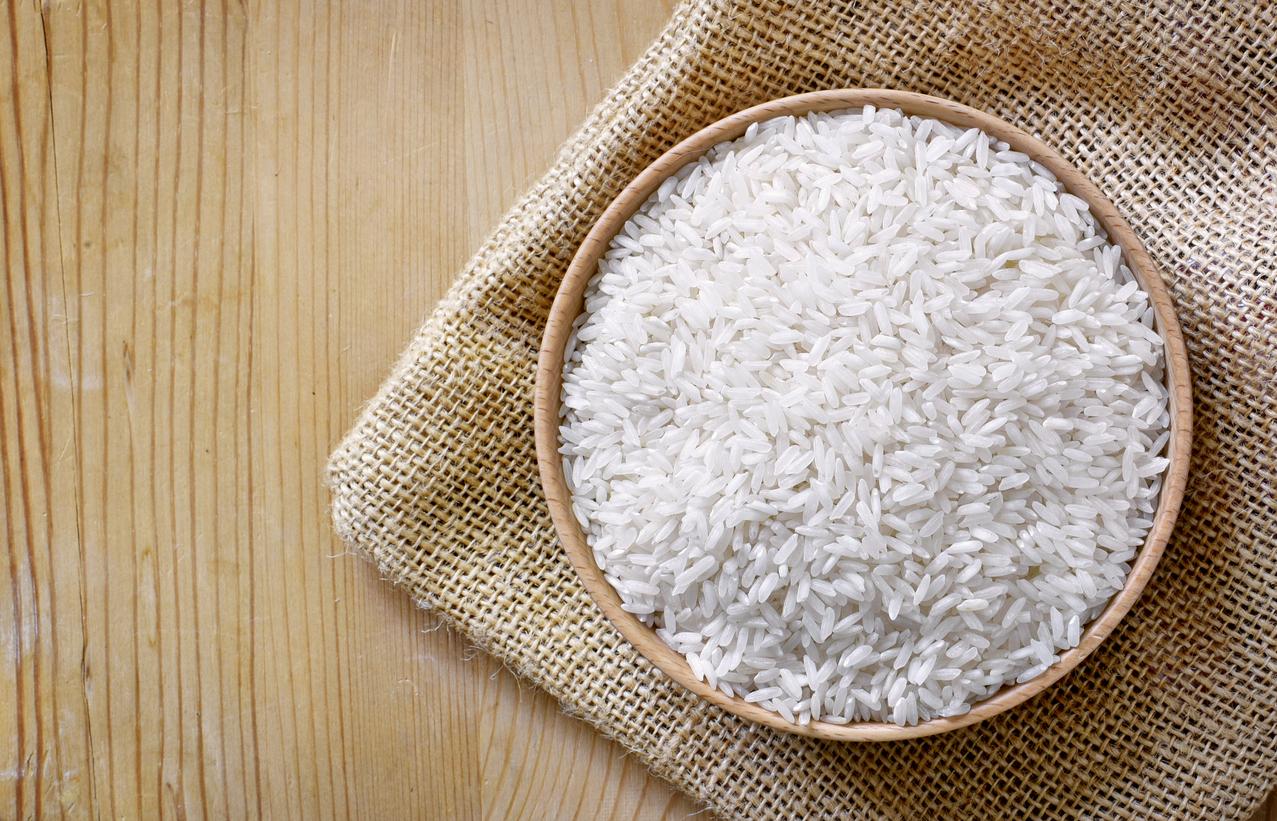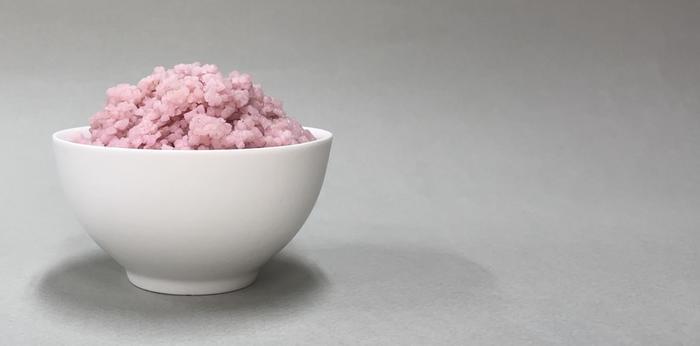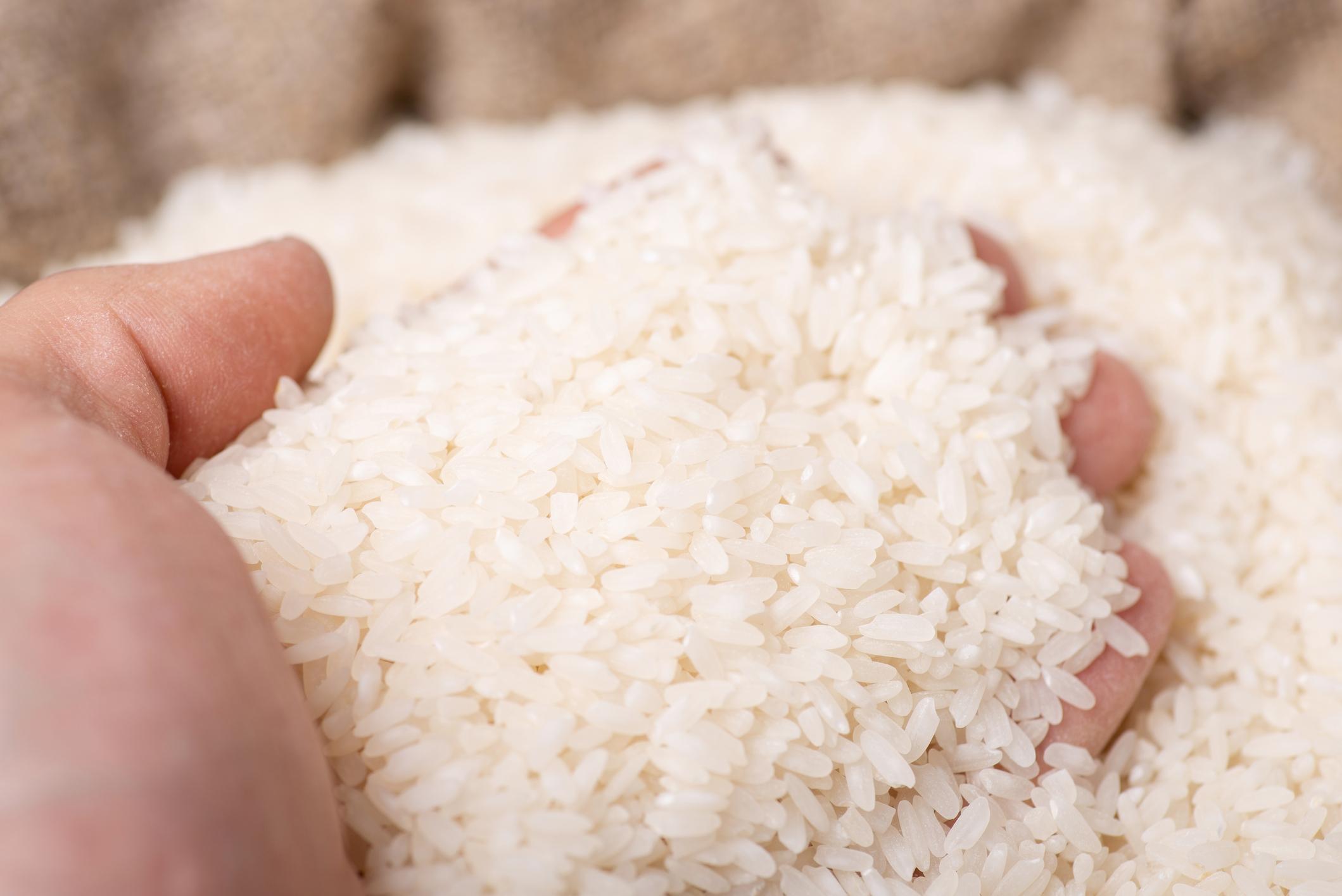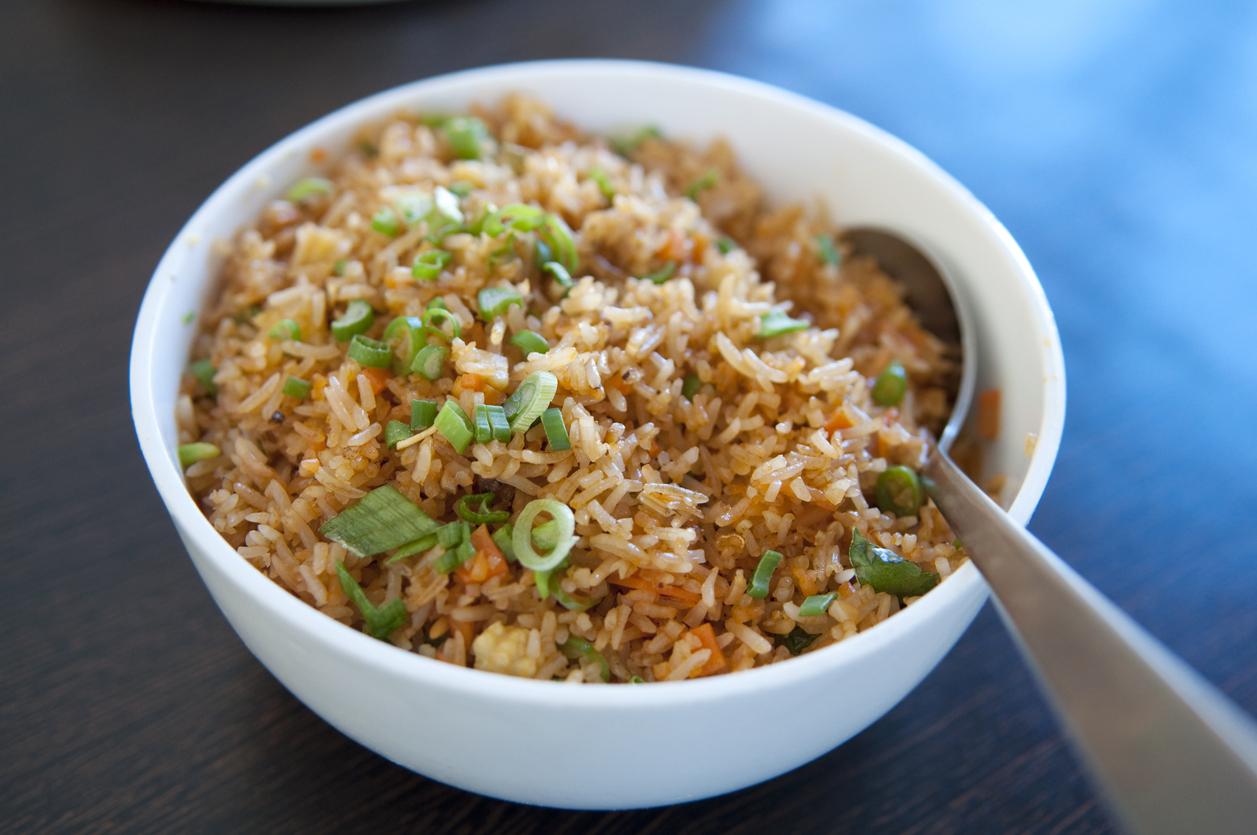August 12, 2005 – The genetic code of rice has been deciphered at 95%, announce the authors of an article published yesterday in the scientific journal Nature1. This is the first time that the genetic map of a cereal has been completed. The news is big, because rice is the staple food of half of humanity.
“For the other plants on which we are working in biotechnology, we only have parts of the genetic code, never the whole. This means that we sometimes have surprises and that we do not always control the results of our work ”, underlines François Belzile, a biogeneticist at Laval University. He believes that these new data will be useful for better understanding other cereals, such as wheat, barley or corn.
Rice genome sequencing is the result of the work of an international consortium of researchers, the International Rice Genome Sequencing Project (IRGSP). Without depending in any way on large multinational biotechnology companies, this research was funded by public funds from around the world (Japan, China, India, Thailand, Taiwan, South Korea, United States, Great Britain). -Brittany, France and Brazil). The results are, therefore, accessible to all researchers, wherever they are in the world. No one has a patent on this knowledge. “We did not do our work behind closed doors and the results are accessible to all, without conditions,” said Thomas Bureau, a bioinformatician at McGill University and co-signer of the study which has just been published. Although the Canadian government did not participate in the funding of the project, researchers from here collaborated on it from the beginning, in 1998.
Thomas Bureau is already seeing concrete repercussions from this new knowledge. “This will speed up the production processes for new cultivars that are more resistant to plant diseases and crop pests. Perhaps also, I hope, we will be able to improve rice yields, ”he adds. In their study, the authors note that global rice production will need to increase by about 30% over the next twenty years in order to meet growing global demand.
The researchers chose to work on sequencing the genome of rice because it is more compact than that of other large grains, such as wheat, barley or corn. Therefore, it is easier to study. “On the other hand, the knowledge acquired for rice can be of great use to us for other cereals since the similarities are great between all these plants,” specifies François Belzile. Knowing, for example, how the gene that increases the number of grains produced by panicles of rice is made can help us find a similar discomfort in wheat. This would increase the number of kernels in each ear. “
Will knowledge of the rice genome lead to the creation of transgenic varieties (GMOs)? “Knowledge of the complete sequence of a plant is of little interest for transgenesis”, assures Mr. Belzile. Thomas Bureau agrees. “There’s always the possibility that someone will use this data to facilitate transgenesis,” he says. But they will be especially useful to take advantage of the natural biodiversity within each species and to accelerate the production processes of improved cultivars. “
Pierre Lefrançois – PasseportSanté.net
According to Associated Press and The Press.
1. International Rice Genome Sequencing Project. The map-based sequence of the rice genome. Nature 436, 793-800 (11 August 2005) | doi: 10.1038 / nature03895. [Consulté le 11 août 2005]. www.nature.com

















